7 Gardening Tips for Procrastinators
Now that spring is giving way to scorching summer days, you can take a step back from your garden and relish the fruits of your handiwork. That is, unless you spaced it and you’re gazing at an empty plot that you forgot to plant.
Although you may have missed out on some serious spring garden work, it’s not too late to cultivate some glee this year. Here are some ways you can catch up on the gardening game this season if you dropped the ball.
1. Plant some herbs
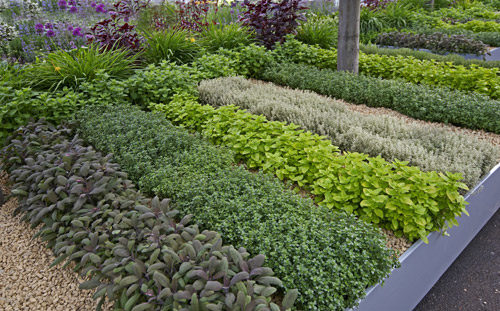
Basil, cilantro, and oregano will all sprout from seed in the summer heat with some care. Before long, you can start harvesting for your summer salsa and bruschetta.
2. Warm up to winter squash
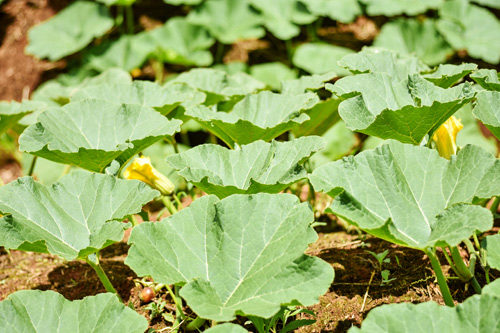
The time is right to sow some acorn, butternut, or pumpkin squash seeds, if you have the space. The fast-spreaders will take over in no time, and you’ll have a decent bounty for Halloween décor or Thanksgiving dishes.
3. Water, water, water
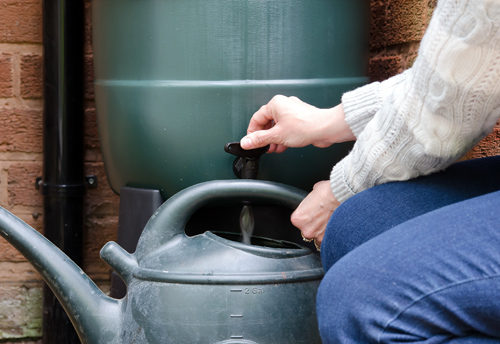
As summer heat sets in, strategic watering will be paramount to a June garden’s success. Drench new plants in the morning or evening (or at night in particularly dry climates) so that new roots can establish before it evaporates.
4. Take up composting
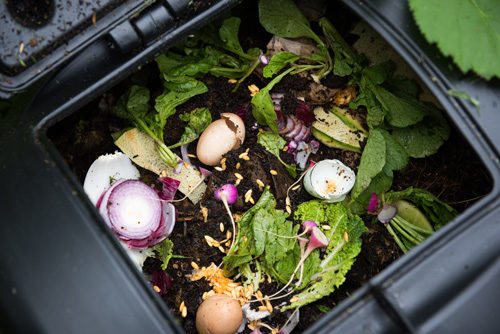
It’s always a good time to invest in your gardening future with a compost bin. Put your kitchen scraps (vegetables, eggshells, and coffee grounds), leaves, and twigs to good use feeding your flowers and vegetables next year.
5. Rejuvenate your perennials
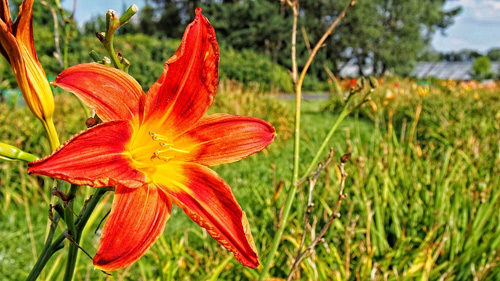
Deadheading roses, coneflowers, and daylilies will keep the color coming all summer. After a bloom is spent, prune the stalk from the plant (remove individual spent flowers if more buds appear on the same stalk) to allow it to devote energy into new blooms instead of seed production.
6. Prepare for fall crops
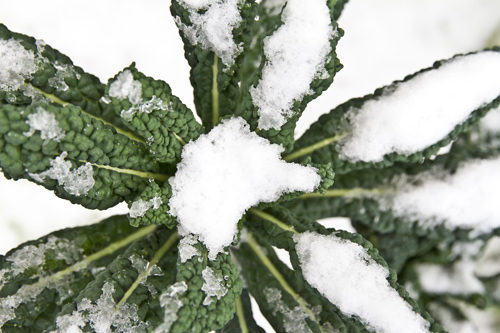
Getting a head start on cool-weather crops like spinach, beets, kale, and brussels sprouts will make your autumn all the sweeter. Kale and collards taste even better after a light frost.
7. Take advantage of discounted plants
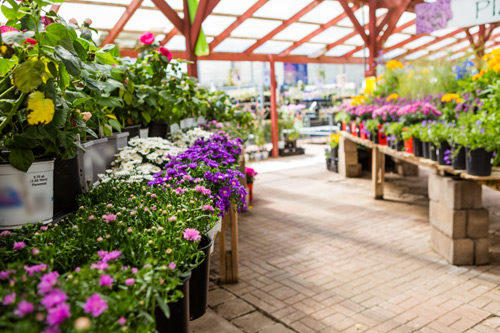
Gardening centers and department stores put steep discounts on flowers and vegetable starts this time of year. You can take your chances with some cheap peppers or tomatoes, or you can lay the groundwork for a striking display next spring by snatching up leftover perennials. Even if lilies and peonies are spent for the season, some foresight will make the bargain well worth it.
March Gardening Tips
The first real gardening month of the year is here. And this not being a leap year, be ready to “dig” in and prepare for those early plantings of potatoes, peas, and strawberries, as well as roses, ornamental bushes and trees. Here is a reminder of some of the chores to attend to in this busy month in the garden:
Compost
Now is the time to turn your compost pile. Start heating it up by turning it over and dampening it regularly.
Mulch
Do not be tempted to remove all winter mulch from flower beds. Take mulch off gradually as plants grow to keep them protected from March’s sudden temperature fluctuations.
Bulbs
Begin planting tender tubers and bulbs such as gladiolus, dahlias, and lilies. For continuous blooms (that will make your neighbors jealous), plant additional bulbs every two weeks through mid June.
Soil preparation
Oil and gas up your rototiller, but don’t be too eager to tackle the garden plot until you are sure the soil is completely dry. Rototilling when wet will create clods that are hard to break up.
Weeding
Yes. In March! Strike at the Mongol hordes while they are young, before they have a chance to go to seed and take over. Weeds gone to seed will haunt your flower beds for at least seven years. You might as well just break a mirror.
Sniffing
Stop and smell the witch hazel (genus Hamamelis). These spectacular yellow, red, and orange winter blooming bushes or small trees can put out an intoxicating scent reminiscent of orange and nutmeg detectable from many feet away. Some still may be blooming in early March. If you don’t have any nearby, check nurseries in your area. They are not always readily available, but many nurseries will order them for you if you ask. Plant them as soon as you can for beautiful blooms and scent in your yard next winter.